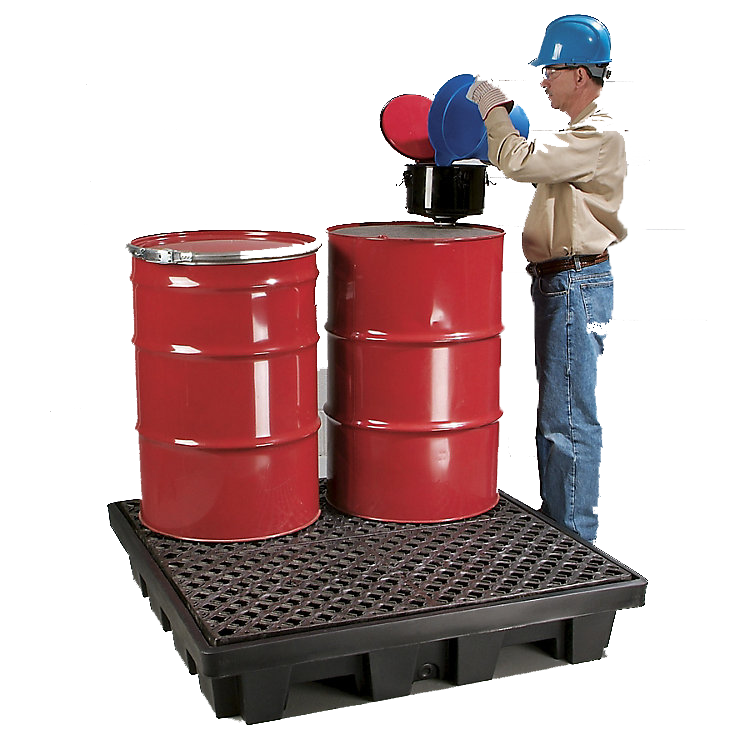Innovative Coating Solutions for Oil Sands Equipment
Wear and tear on oil sands equipment represents a serious concern for the oil and gas industry. The cost of lost production output is remarkably high. Whenever a part is worn down or breaks, a production including the affected equipment must cease until a fix has been performed. The cost of a leak in the processing plant or into the natural environment is high. Leaks present dangers to workers, residents, and plants, and animals beyond the facility. In addition, the price of equipment, materials, and labor to restore or replace a part is costly. The fact that the oil sands industry deals with immense costs are not unexpected.
The Hazards Faced by Oil Sands Equipment
The equipment degeneration happens in two steps. When sand drifts across metal, it hits the surface of the metal. As the surface wears down, corrosive chemicals further destroy the exposed metal below the surface. These two methods advance the rate at which a part is degraded. In addition, when metal parts heat up, the hardness of the parts goes down. This means the wear rate on the machinery increases even more. All of the factors add up to premature part malfunctions.
Specialized Coatings for Oil Sands Equipment
A contemporary innovation to combat wear is a customized chromium-carbide overlay. This coating can be sprayed into the interior of metal pipes and tubes, with the coating being up to 0.25 inches (6.35 mm) thick. The coating is applied by plasma-transferred arc welding (PTAW). When applied correctly, the chromium-carbide coating combats friction, impact, heat, tar sand erosion, and the corrosive materials produced by and involved in tar sands processing.
The coating works because it produces a stronger heat-resistant surface than the metal in the pipes and tubes. The chromium-carbide coating also has a high melting point and is resistant to both abrasion and corrosion.
Each chromium-carbide coating begins as a customized powder blend. The complicated part of customization is that each oil sands producer has its PTAW equipment. Each producer also has a unique setup and sometimes unique device for tubes and pipelines.
The use of the chromium-carbide coating is expected to have a vital positive impact in plants that fasten in a process known as upgrading, in which asphalt is converted into light sweet synthetic crude oil.
Providing the Chromium-Carbide Powder to Oil Producers
Hollingshead said PPM is capable of producing a range of chromium-carbide powders.
The cost of the materials for this powder is competitive. In addition, there's the potential work of making tweaks to customize a blend.
Right now, due to covid related slowdowns, demand is down substantially, around 50 percent. Oil producers are making less oil in response to the decrease in world oil demand. Companies are using this time to improve what they manufacture. With more knowledge, they can create better products.
The Origin of the Polyurea for Hard Facing
Oil sands producers in Alberta, Canada, began looking for a solution to corrosion and wear in metal tubing in 2016. They reached out to ArmorThane, the province's largest producer of protective coating solutions. The organization is tasked with assisting businesses within the industry worldwide.
ArmorThane develops polyurea protective coatings for pipeline companies and oil producers in over 60 countries around the world. The company makes a variety of polyurea and polyurethane blends and components.
They are always looking at ways to optimize the polyurea and account for technical issues like differences in application methods.
Still Learning What Works for Corrosion and Abrasion Protection
Having improved wear resistance should provide cost savings when compared with standard CRAs.
The polyurea overlay technology provides a dependable solution to resist wear and erosion in the oil sands industry. Companies are primarily concerned about the coating's toughness. Polyurea coatings are amazingly tough. When a microcrack initiates for any reason, it can propagate rapidly to fail the material.
Ensuring a Positive Return on Investment
It is also essential to keep a customer's return on investment in mind. An oil producer will likely not spend the money to apply a coating if the cost is so high that they break even on it. ArmorThane said the improvement of the polyurea is primarily driven by the customers' need to reduce processing and production costs. Improvement is also driven by competition between parts suppliers and between oil producers.
Understanding what motivates producers and suppliers is what allows them to do a better job. They have learned over 30 years of doing business that no two customers have the same issues and questions. With time, they hope listening to their needs and working with them to optimize the coating will reduce operational cost, more efficient plant performance, and reduce part waste.
Future Innovations in the Oil & Gas Industry
Garry Froese is the CEO for ArmorThane. Froese said Canada's energy sector has a long-standing history of technological advances and innovation.
Froese also said oil and natural gas companies have invested billions in research and development over the years.
"They are sharing technologies as well as collaborating with innovators, universities, and governments to leverage their innovations further, even across industries. Engineers, operators, and researchers continue to identify progress opportunities and gaps, such as coating solutions to improve efficiencies and reduce costs in manufacturing our natural resources. As a leader of clean-tech innovations, the energy sector will continue to work on improving environmental and operational outcomes in the future while ensuring our country's investment attractiveness and competitiveness."











